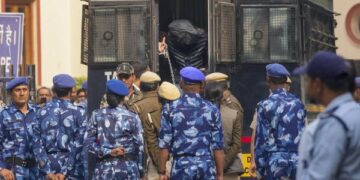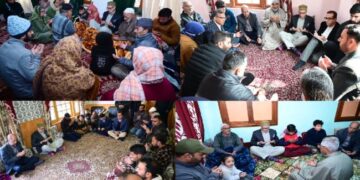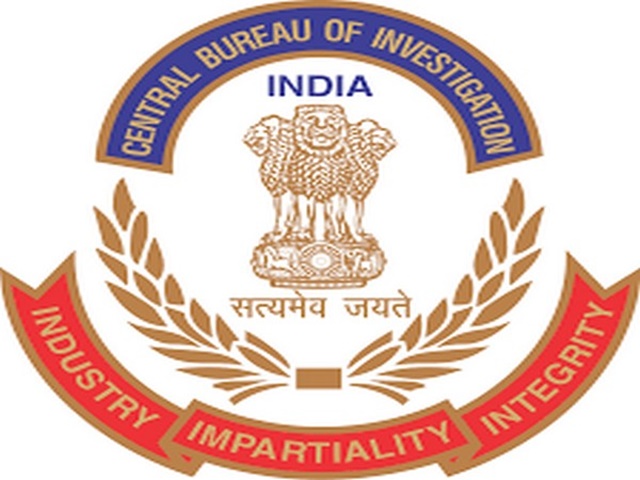New Delhi, Jan 29: Kashmir’s syncretic culture reflected in its architectural tradition that goes back centuries and manifests itself in temples, stupas and mosques, is at display at an ongoing exhibition here.
The exhibition, titled “Sacred Architecture of Kashmir”, provides material evidence through drawings, photographs and write-ups on the rich architectural heritage.
Organised by the Indian National Trust for Art & Cultural Heritage (INTACH) – J&K Chapter, the exhibition at the India International Centre (IIC) Annexe celebrates the genesis and synthesis of Islamic architecture in medieval Kashmir and the traditional inspirations that it draws on.
“The idea behind the exhibition is to reach out to the broader audience of scholars outside Jammu and Kashmir, to tell the story of the evolution of sacred architecture of Kashmir,” Saleem Beg, convener INTACH – J&K Chapter, told PTI.
“This architecture has evolved with the synchronisation of Buddhist, Hindu and Islamic architectural and spiritual elements and sacred spaces. However, not much work has been done so far in studying this continuity of traditions,” Beg said.
The exhibition, from January 28 to February 04, also covers years of conservation and restoration projects by INTACH – J&K Chapter, providing a detailed context of every building in terms, drawings, photographs and text.
Some representative cases covered in the exhibition are Srinagar’s 14th century Khanqah-i-Maula, one of the oldest mosques in Kashmir, the Peer Dastageer Sahib Shrine and the Mosque of Madani.
Beg noted that the continuity of the built form by succeeding faiths has been a way of appropriating the sacred space.
“This provides a historical narrative away from textual readings, and preserves the unique identity of Kashmir,” he said.
He said the ‘khanqah’ of Shah-e-Hamadan, the 14th century Sufi saint from Iran, is one of the best representations of this syncretic continuity, drawing from Buddhism, Hinduism and Islam.
“The conflict that has engulfed Kashmir for almost three decades now has also had a negative impact resulting in the loss of some major monuments/structures.
“Further conflict has also impacted overall governance that has resulted in mismanagement of heritage sites,” he said.
The story of evolution of Islamic architecture of medieval Kashmir is the story of harmonising the Islamic practice with the spiritual constitution of the historic Kashmiri subject, the organisers said.
INTACH – J&K Chapter has documented and digitised most of the shrines, including temples, as part of the project on cultural resource mapping. One of these, the Dastgeer Saheb shrine, was completely gutted in 2012.
“The exhibition also highlights some of the conservation and restoration works undertaken by INTACH J&K linked with these sacred architectural traditions,” Beg said.
For example, the spire of Shah-e-Hamdan ‘khanqah’ was destroyed by lightning in 2015. Based on this digitisation, INTACH was able to restore and recreate these shrines.
Beg also noted that there is urgent need to build on these traditions and practices to enable society to retain the essence of its rich cultural past.
This, he said, can be done by initiating a dialogue within and outside Kashmir with civil society and opinion makers.
“The exhibits chosen are representative of the theme of exhibition as these shrines prominently carry the influences of past religious motifs, elements and sacred spaces,” Beg said.
“In general, people are aware and respect the traditional architecture of Kashmir whether it be a part of secular or religious nature.
“However, lack of focus on the architecture and its linkage with the identity of Kashmir has created situations where many a times these spaces have been intervened inappropriately,” he said.
Beg also said INTACH has been able to persuade the state government to take legal and legislative measures for the protection of the region’s cultural heritage.
This, he said, resulted in the enactment of the J&K Heritage Authority.
“However we have to go a long way in ensuring that the legal protection granted under this law is enforced on ground,” he said.








